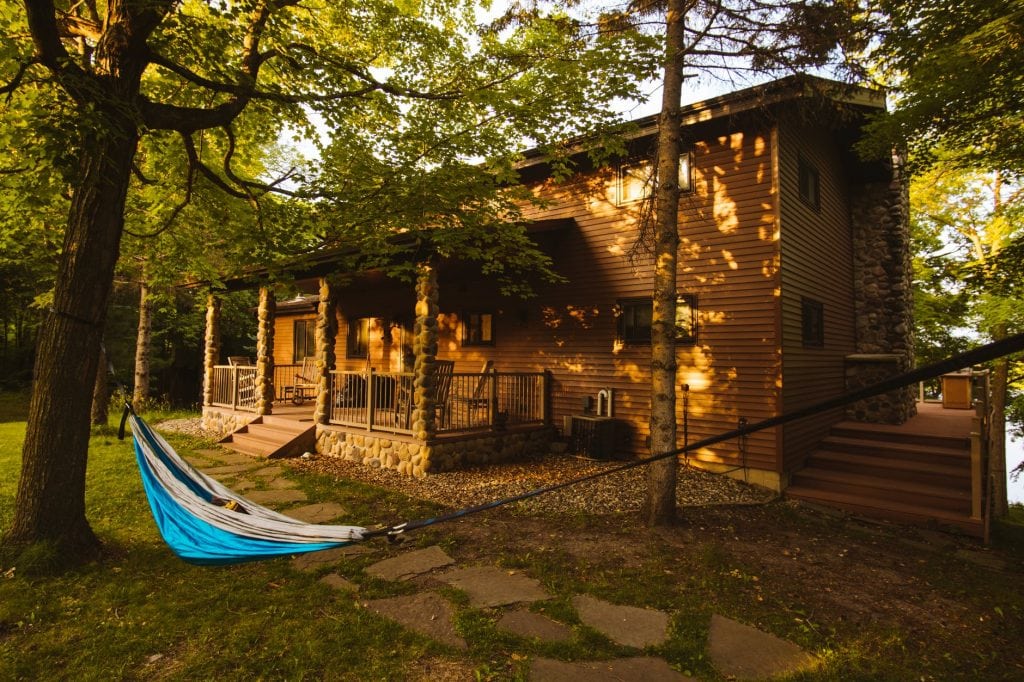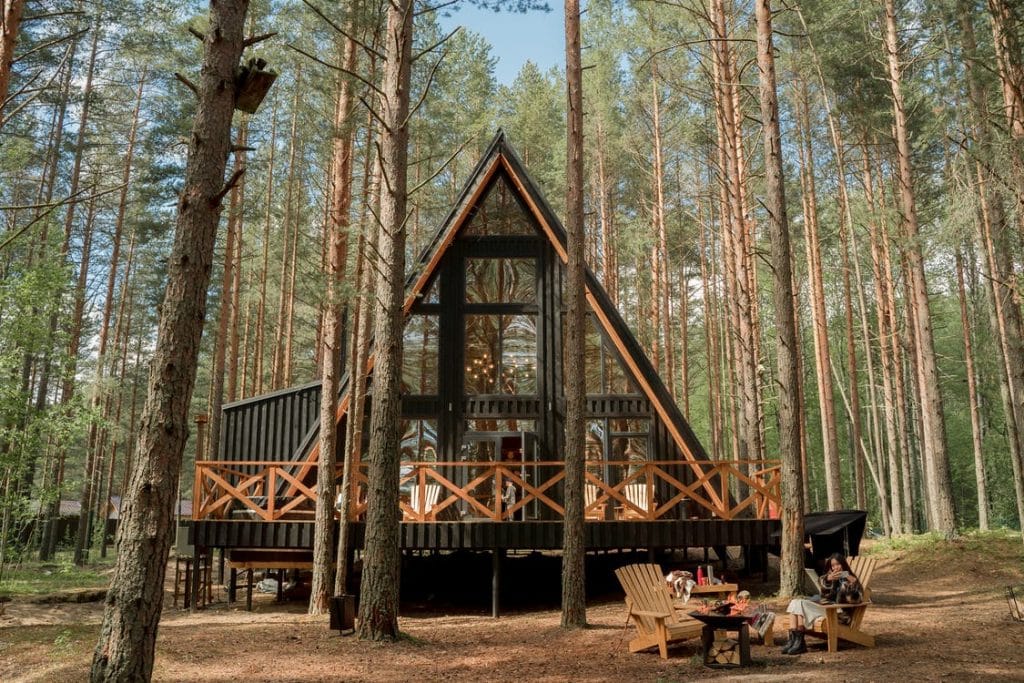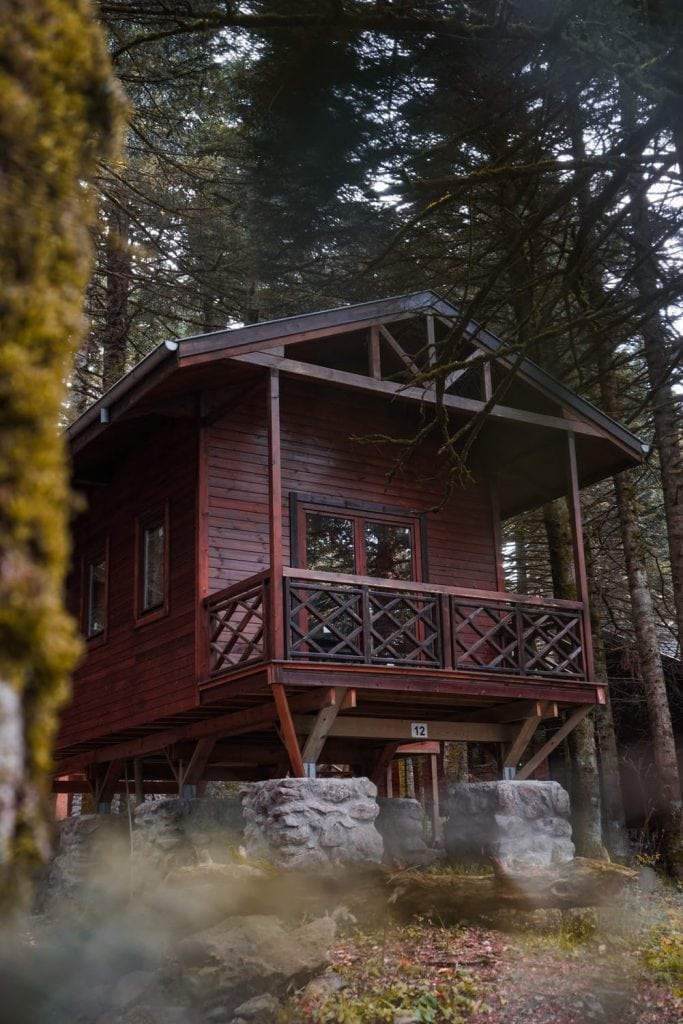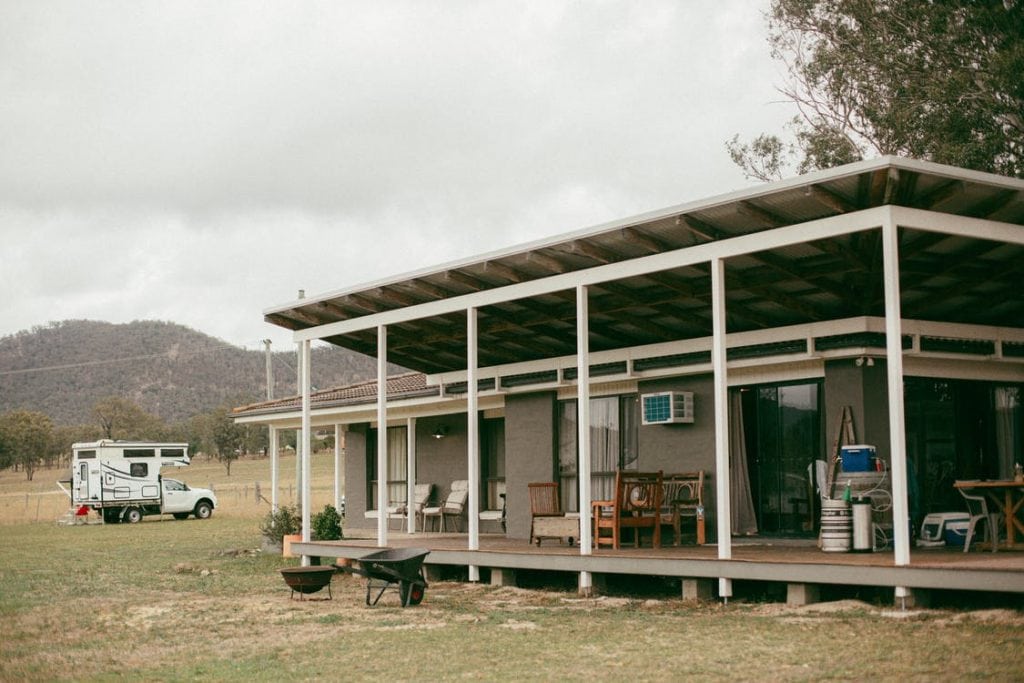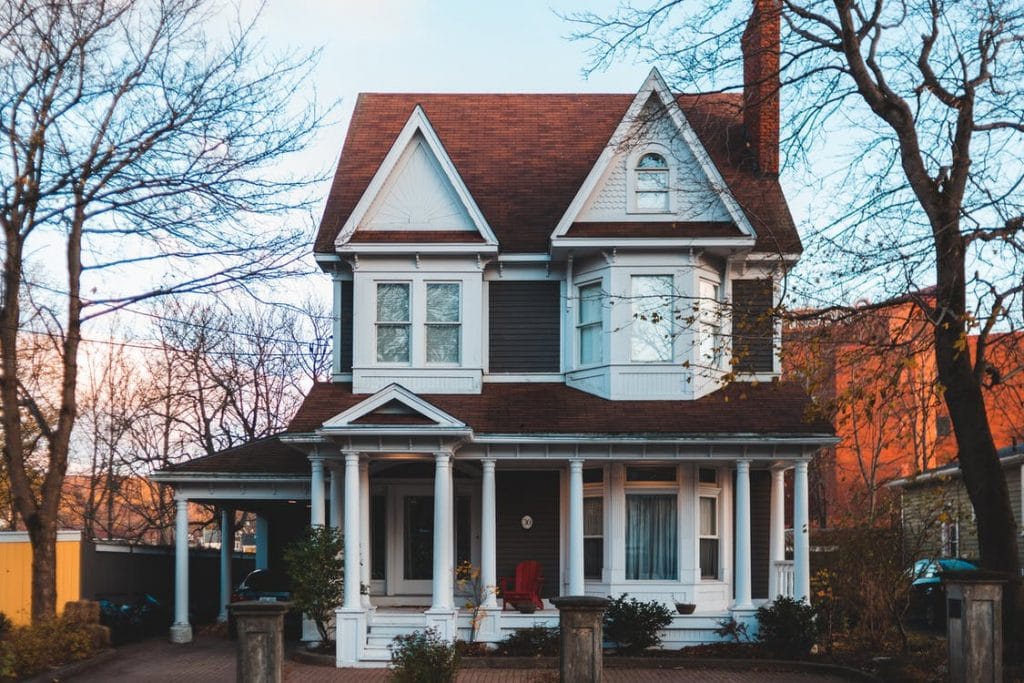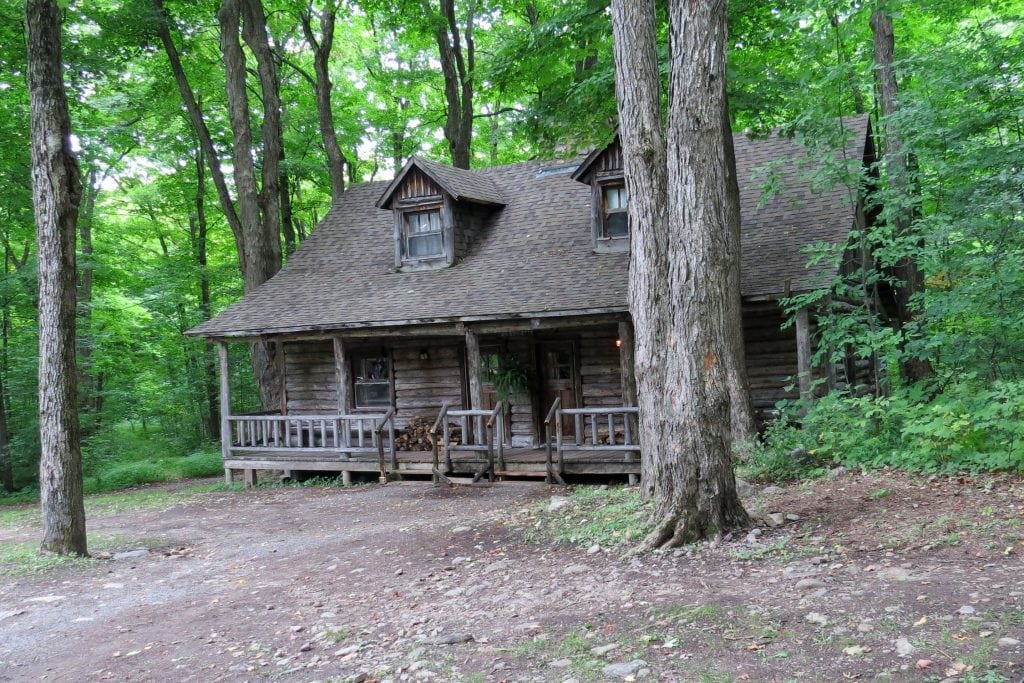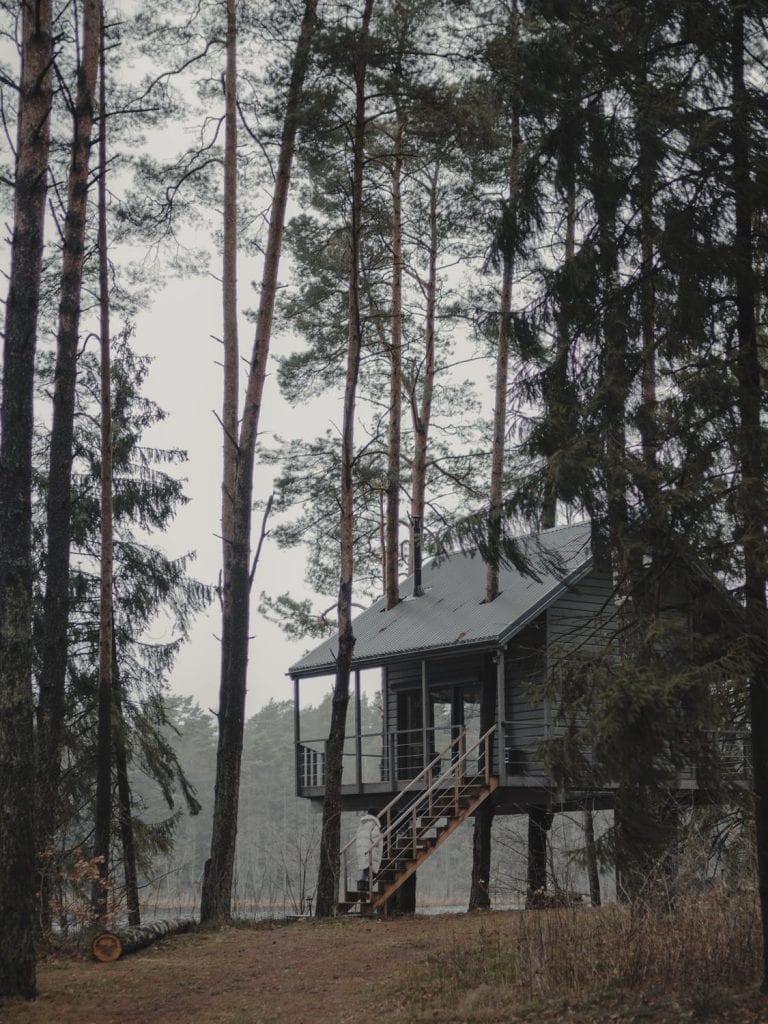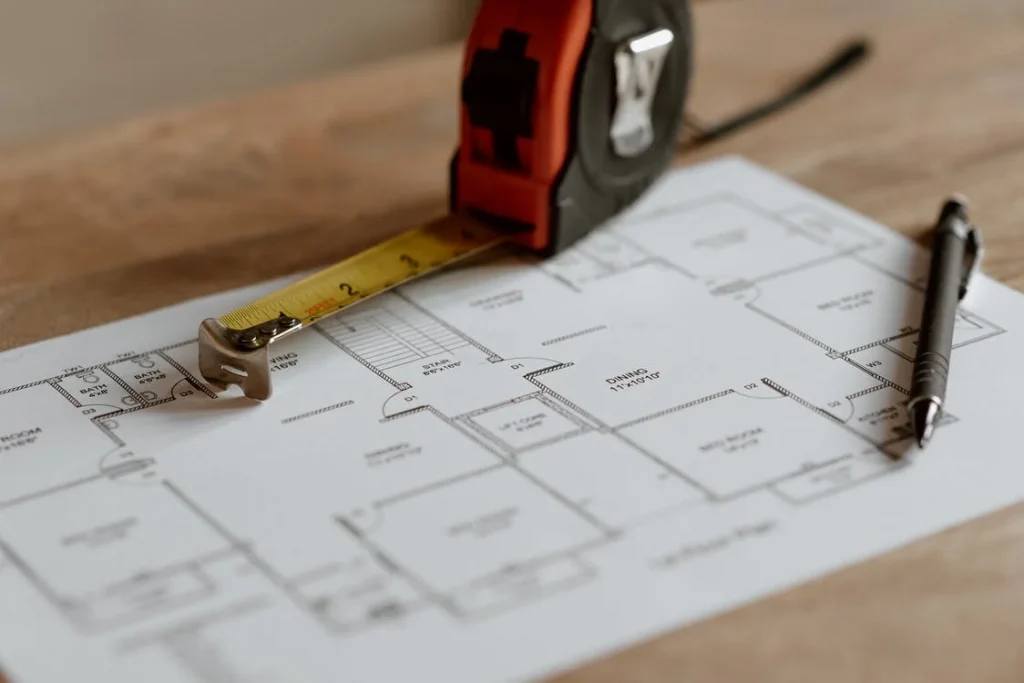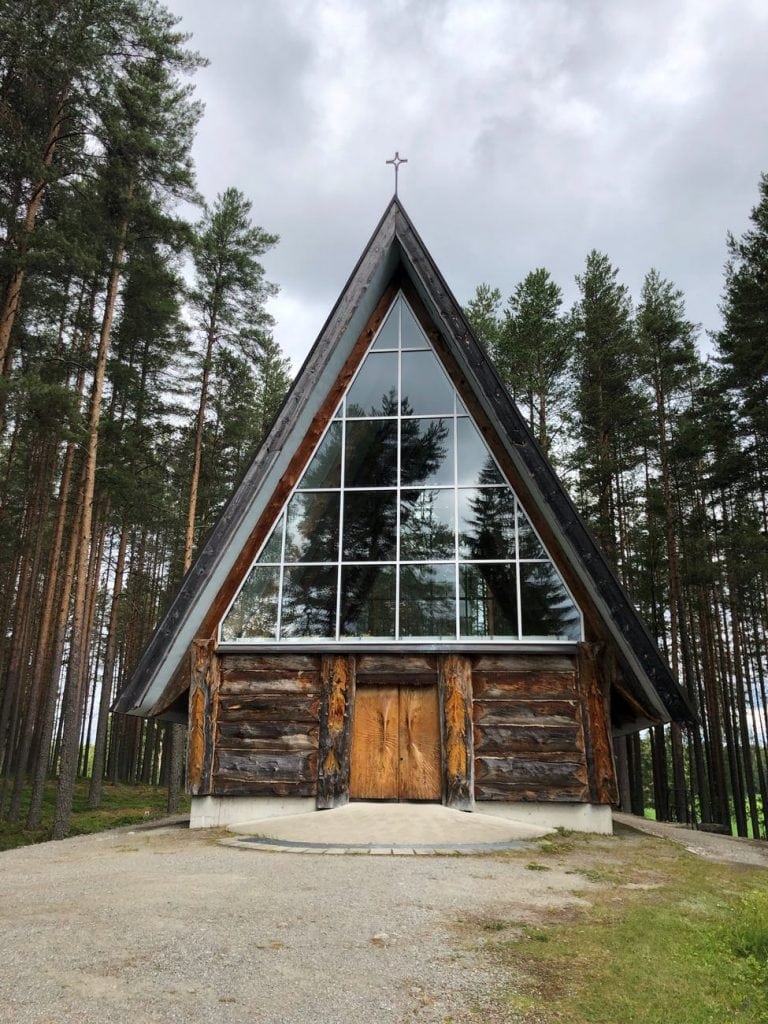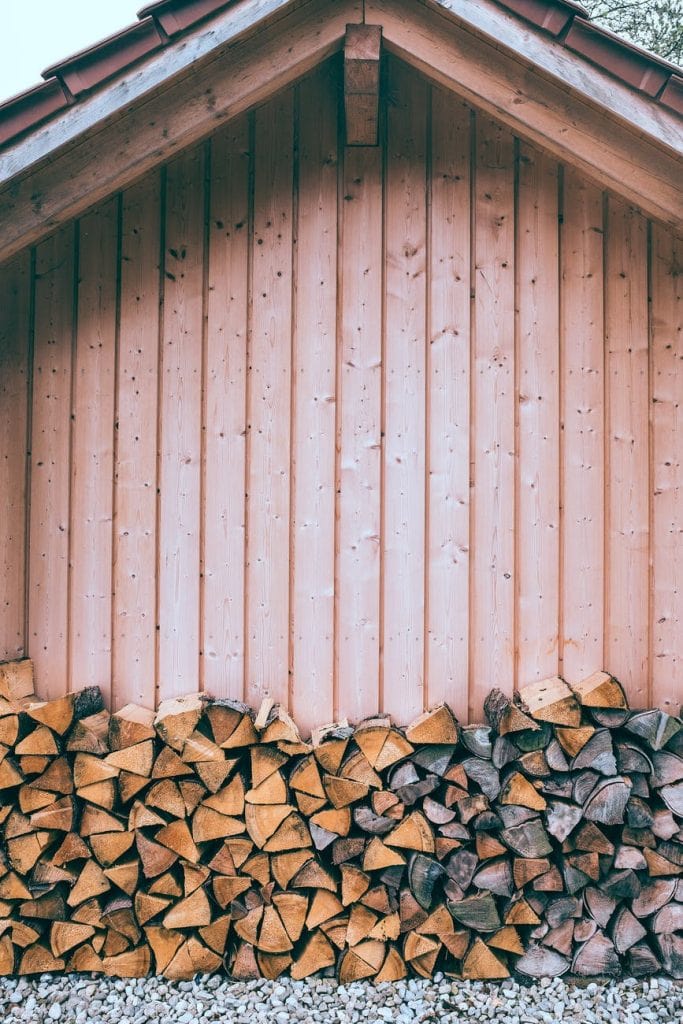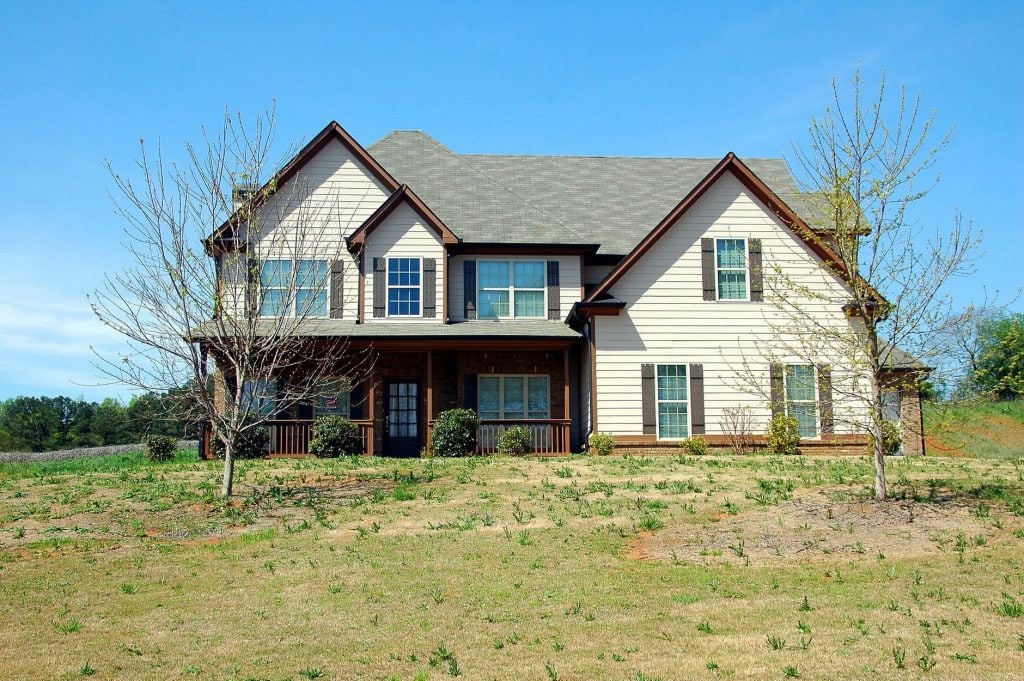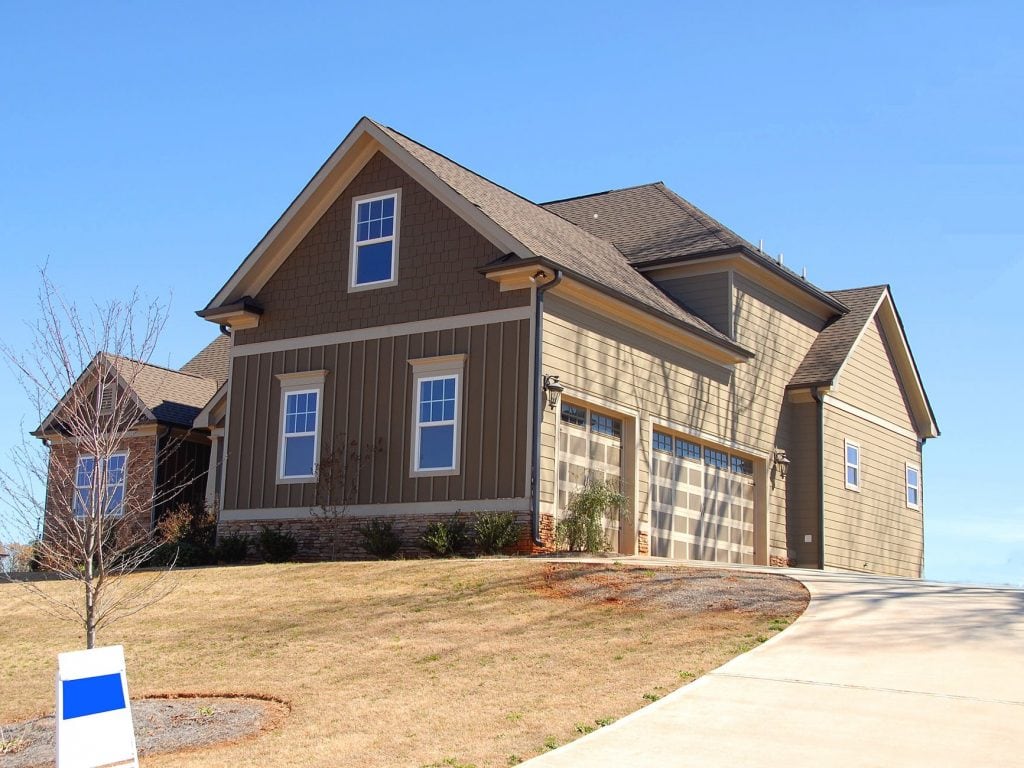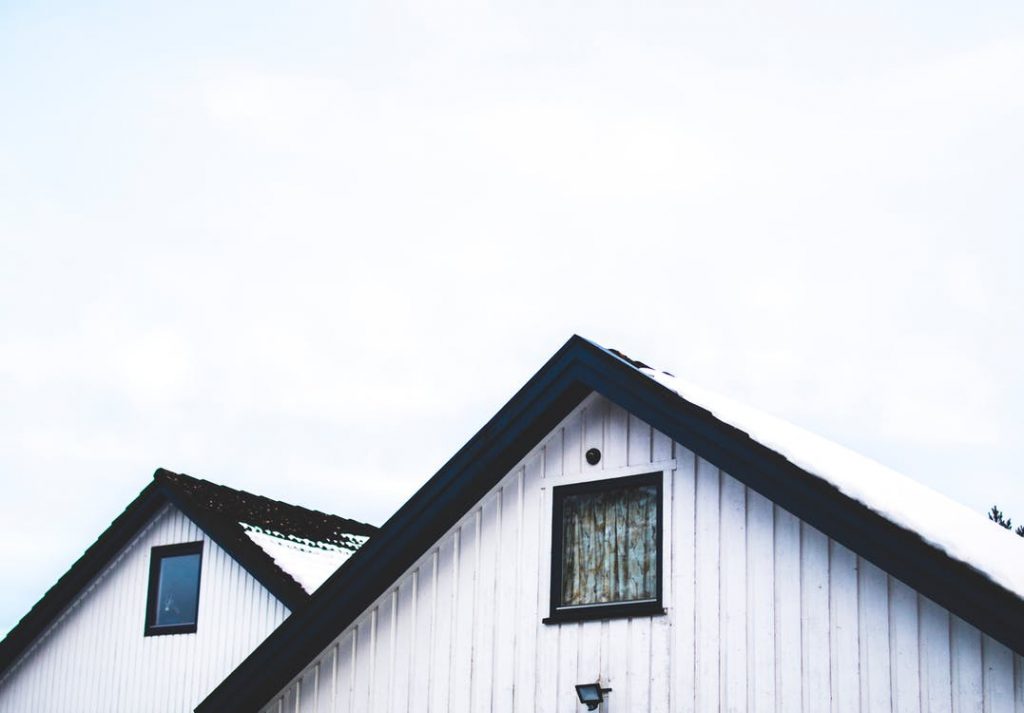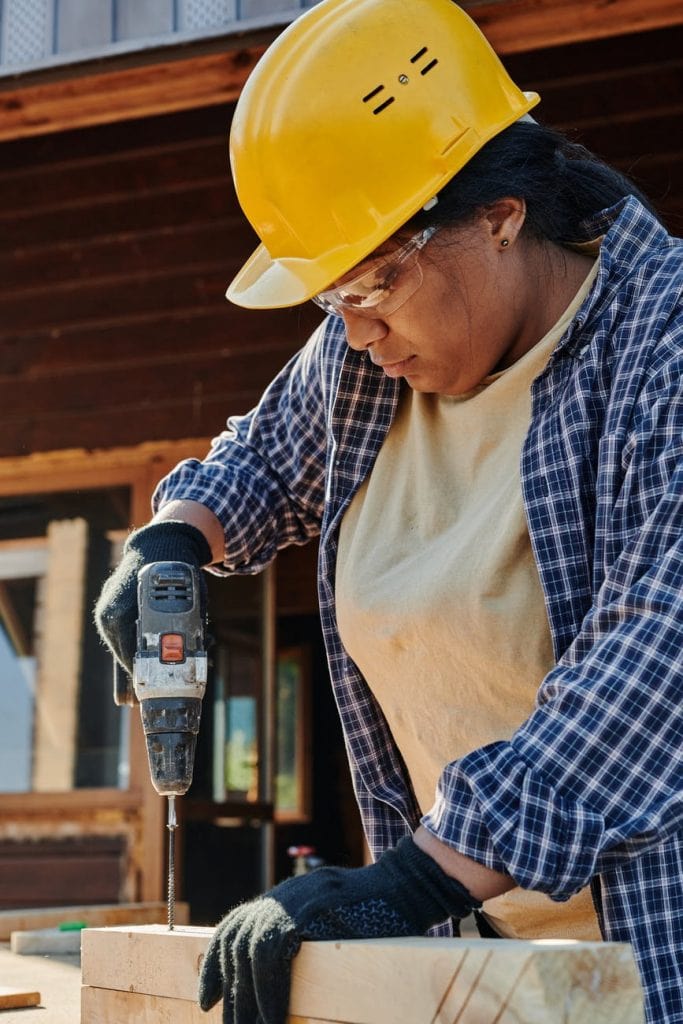Many houses in Australia still have foundations made of timber stumps, whether cut from tree trunks or milled timber. Timber stumps are capable of withstanding rot and termite damage. However, even the most superior timber stumps will eventually succumb to rot, termite infestation or soil movement. This is when your house needs to be restumped .
Restumping, or re-blocking, entails getting rid of rotted old stumps and replacing them with new stumps. The process involves jacking up the area where the stump that needs to be replaced is located, and either packing out the existing stumps to compensate for settling or removing or replacing the stumps altogether.
Defective stumps are replaced with rot-resistant timber such as Victorian Red Gum or the more expensive concrete or galvanised steel stumps. Both options have their pros and cons. However, concrete or galvanised stumps are more popular these days because they do not have the weaknesses that most wood has. They do not rot, and are resistant to termites and warping. In addition, galvanised steel or concrete stumps can be firmly secured to the bearers, unlike wood.
Signs That Your House Needs Restumping
There are several indications that will tell you that your house may need immediate restumping. Creaking floors may be a sign that your floors are no longer level or that some stump has settled. Uneven, bowed or soft floors are an indication that stumps have settled or rotted and that the stumps have been dislodged from the bearers.
Cracks in the walls may be a sign that one portion of your home is sinking. Doors and windows that jam may be a sign that the structure around them is uneven.
Choosing a Restumping Expert
Restumping a house is quite complex. To ensure a perfect restumping, call an expert to do the job. Black & White House Raising guarantees that the structural integrity of your house will be restored when the job is completed. The company’s services range from a single stump replacement to an entire house restumping. Black & White House Raising uses good stump replacements like timber treated with copper chrome arsenate (CCA) or concrete stumps for longer life.
Get quotes from a few contractors. Make sure the quotes include the type of stump to be used, the number of stumps to be replaced and other pertinent information. In addition, make sure all quotes contain the same items. Bear in mind that the lowest quote may not be the best. It may contain a lesser number of stumps to be replaced or sub-standard stumping material. Be careful in choosing a stumping contractor to avoid extensive and costly mistakes. For more information on house restumping.
How to check your stumps
To check, you’ll need to get under the house and scrape the dirt away to between 5 and 10 cms below ground to check the state of the wood. Sometimes only some stumps are rotten, and sometimes stumps aren’t rotten but simply have moved with gravity. It’s best to get an expert to advise you on this, which most restumping and reblocking companies will do as part of the quoting process.
Why do we need to restump?
For many Australian homes, using wooden stumps to support your house was most common. In recent years, concrete stumps have become more popular. The reason why concrete stumps have become so widespread is because wood can only be expected to last between 20 and 80 years depending on the type of timber, soil conditions and other factors like drainage and pests.
The importance of Restumping/Reblocking
This will ensure that your floor and the rest of the building is level. If you need to fix the foundation of your home, it is essential to use a company with experience in restumping houses. Most people want to know what the house restumping costs are. This will vary according to the size of the home and how much room is under the floor.
As damaged or eroded foundations can often cause internal cracks to the structure of the home, there will also be a need to renovate the inside of the building. Restumping is something that should be undertaken prior to any renovations commencing. Restumping is an investment in your property and is worth doing professionally as it is a difficult job even for the experienced handyman, but it will last another lifetime. Having this work done properly will not only add value to your home, but will provide peace of mind for you.
Is Restumping Covered By Insurance?
Maybe you are one of the people who are searching for an answer to the question, ‘Is restumping covered by insurance?’ The information below will help you to understand the extent of your insurance cover and how you can effectively plan your house restumping project.
The process of replacing house stumps can be very dangerous if done poorly. Therefore, the Local Authorities require homeowners to use licensed reblocking contractors with experience in servicing homes in the area. There is a need to protect your family and property.
Frequently Asked Questions
Usually, houses need restumping due to age, termite damage, or soil movement. In those cases, it's unlikely your home insurance will cover the cost. However, if the stumps have been damaged by an insured event – for example, a pipe burst and caused significant water damage – you might be covered for restumping costs.
The best course of action is to call a restumping professional rather than DIY restumping a house yourself. This is very important, as if this is not done correctly, you may be compromising the structural integrity of your home as well as the safety of your family.
While it can be quite expensive, it's well worth paying to have it done professionally and to the highest standard. Restumping is a difficult and dirty job, and having it done properly is crucial to the structural integrity of your home.
Cost to level a house the average cost to level a house is $3,500 to $6,500 for piering and underpinning a single corner or $10,000 to $20,000 for extensive damage. The amateurs who. Of course, if you're repairing a very large house that has a pier and beam foundation, the price would go even higher.
Top Five Benefits Of Restumping Your House
Anyone who has a house on stumps or a home built in a flood prone area is usually well aware of their nemesis – moisture. This is especially if the house is built on wood stumps. Many of the older style Queenslander houses were built on hardwood stumps, which are a very durable material, but over time, even they can tend to start to deteriorate through exposure to moisture and pests. Having your house restumped is the best way to ensure that you are safe from any impending disasters that could threaten your home and your family’s security.
Know What’s Happening Below
They say that what you don’t know can’t hurt you, but when it comes to house stumps, the opposite could be said. You may be casually going about your day to day life, without realising that underneath you things are not in the best condition. Unless you know what you are looking for, house stumps could look ok from the outside, while inside the wood could be deteriorating rapidly due to pests and weather. Having them restumped is one way to assess the state of your stumps and have the peace of mind of knowing that you have at least another ten years up your belt.
Keep the Dreaded Dry Rot at Bay
Old houses that have been sitting on the same wooden stumps for a long period of time are very likely to have dry rot in places, which could make its way up into your house. These days, when houses are restumped, the materials used are manufactured specifically to prevent this happening, where previously the technology was not there that we have today. When you have your house restumped, you are given the option of choosing fresh hardwood, concrete or galvanised steel. The latter is much stronger and gives more protection against dry rot. During the restumping process, you may be able to assess any rot that has already made it up into the beams of the house, and have them replaced too.
Add Extra Space
A key benefit of restumping your house is the chance to add on extra rooms. As families grow, it sometimes feels a bit like living in a sardine tin, but extending your house can give everyone more room to grow without getting on each other’s nerves.
Protect Your Stuff
For flood victims often the most heart wrenching part of the experience is losing their memorabilia and important personal items that are lost due to exposure to moisture. Black and White Houseraising and Restumping provides you the opportunity to lift your precious items higher off the ground, to give some extra breathing space from rising waters.
Increase the Resale Value of Your House
If you are planning to sell your house any time in the near future, or if you are renovating with a resell in mind at some stage, restumping is one aspect that will make your house look very attractive to would-be buyers. Often when people assess a possible house purchase, they will be looking at the future maintenance work that will need to be carried out. Having fresh stumps is like having a clean bill of health for your house, which could allow you to push the price up a bit further than you may otherwise have done.
According to the local authority, if the total project cost is more than $16000, you should use a contractor with insurance cover. Ensure that your contractor provides you with a current insurance certificate, covering house restumping projects.
In general, houses require reblocking solutions to help prolong their lifespan. With time, the property gets affected by different agents such as elements of weather and reactive soils. In most cases, this may be considered general wear and tear or natural decay, which is not covered by insurance. If your insurance covers problems with the foundation, it is more likely to cover for such foundation repairs too. It is advisable to consult with your insurer regarding house restumping costs. Also, check whether your insurance regards this as wear and tear.
As a tip, if your insurance covers against the causes of foundation damage, it is more likely to cover against house restumping as well. In the end, you need to choose your house restumping contractor wisely, to avoid hiring an expensive contractor whose charges are not affordable. Total Restumping Melbourne, we proudly offer very competitive pricing for our services. You can get in touch with our team for a project assessment.
In general, a house that is experiencing foundation problems may develop cracks on its walls. Restumping a house will strengthen its foundation. However, if the walls had started cracking, they may need to be repaired, to restore the aesthetics of your house. You may be wondering whether your insurance covers cracked walls.
It depends on what is listed in your product disclosure statement. It contains all the types of risks covered by your insurance policy. If the foundation damage was caused by an event that you insured against, your insurance is more likely to cover cracked walls as well.
Does Home Insurance Cover That? 9 Things You May Not Know About Your Policy
Home insurance can be tricky – are you covered if your neighbour’s lawn mower sends a rock through your window? What about if your pipes burst?
Knowing the answer to these questions could be the difference between a successful claim and having to dip into your own savings in an emergency.
So, whether you’re doing your research on what you’re covered for just in case, or your in the situation where you need to make a claim, here are some questions you might want to ask about your home insurance policy.
1. Does home insurance cover fences?
Generally speaking, damaged fences are covered by your home building insurance, as long as they’re kept maintained. There may also be limits to the size of the fence – for example, you might be covered for fences under 500 metres long.
What if it’s a shared fence? The rule of thumb seems to be that if a well-maintained shared fence is damaged, your insurance will cover up to 50% of the cost of repairs (i.e. your share of the fence).
2. Does home insurance cover plumbing?
Home insurance is designed to cover the costs of unexpected damage. That means that gradual damage to your plumbing, such as rusting pipes, seepage or damage from faulty fixtures usually isn’t covered, because it could have been avoided with regular maintenance.
A common answer seems to be that your insurance covers finding a leak and fixing any damage caused by it – but not repairing the leak or burst pipe itself.
3. Does home insurance cover public liability?
First of all, what is public liability? This insurance benefit covers you for injury to another person or damage to their property that’s deemed to be your fault. In the case of home insurance, this covers people visiting your home, and can cover the cost of things like a guest tripping on your step and breaking their leg.
Most home insurance policies cover public liability to some extent at least.
4. Does home insurance cover a leaking roof?
Similar to plumbing, your leaky roof won’t be covered by your home insurance if it’s happened because you didn’t do maintenance on your home.
On the other hand, if your roof is damaged in a storm, then you should be covered for repairs to the roof, plus internal damage caused by water leaking through.
5. Does home insurance cover mould?
The last thing you want to find in your home is mould! But will your home insurance cover the cost of getting rid of it?
Unfortunately, in the vast majority of cases, the answer is no. Because mould is typically a gradual process and often caused by other factors that are fixed in routine maintenance – like leaking showers or blocked ventilation – it usually doesn’t come under your insurance.
6. Does home insurance cover mobile phones?
Home and contents insurance covers your personal belongings while they’re in your home, and some insurance policies will also cover things like jewellery or sporting equipment outside your home.
However, mobile phones usually don’t come under this protection. The good news is you can take out extra insurance to cover big ticket items that leave home with you, like a mobile phone.
7. Does home insurance cover tree removal?
Your insurance will cover damage from a tree falling on your property during a storm – provided the tree was not rotten – and will usually pay to cut down any remaining part of the tree and take it away.
But if you’re voluntarily removing a tree your insurance won’t pay for this. And if you’re lopping down a tree on your property and it damages your home, you probably won’t be able to make a claim on your insurance for that damage.
8. Does home insurance cover foundation problems?
Generally speaking, the foundations of your home are covered under insurance if they’re damaged by an insured event, like a flood, fire or storm. One thing to keep in mind is that natural shifting and settling of foundations or damage due to tree roots are nearly always excluded from cover.
9. Does home insurance cover termite damage?
Unfortunately, if your home has been damaged by termites, mice, insects or any other vermin, the cost to repair and get rid of these pests usually isn’t covered under your home insurance.
So, in a nutshell, anything that would usually fall under the umbrella of routine maintenance – or could have been prevented by doing routine maintenance – isn’t covered under most insurance policies. Your insurance is designed to protect you from unexpected damage, particularly after major events like a storm, earthquake, flood or fire.

